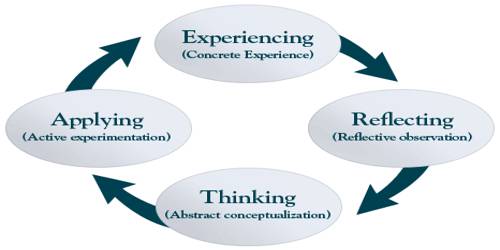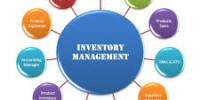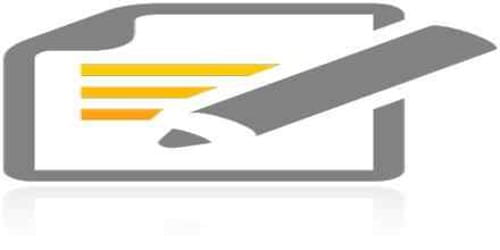Learning Process
Learning is a continuous process. There are many different learning types and approaches to learning. To learn effectively it is important to tailor your study habits to your own needs and style, this often means choosing techniques that help you learn. When we first become aware of what we’re not good at—for example, managing our finances if we’re in debt, playing an instrument if we never have, or working with our repressed emotions—it tends to bring up feelings of weakness and inadequacy.
It follows the following steps in sequence as shown below:
- Stimulus
Stimulus refers those factors that motivate or inspire or induce learners to learn the required skills and knowledge. The factors that affect the learning process must be understood by the learner. Then only they can motivate themselves to learn. Stimulus exists in the environment in which the person lives and behaves.
- Response
It means the amount of interaction by the learners. Response emphasizes that there should be a positive response from the learners with regard to learning process and program. Because the regular and timely response provides an opportunity to determine the level of teaching. This also helps to explore to what extent learners are improving.

- Motivation
Stimulus and response are not enough for an effective learning process, rather the learners must be motivated to impart required skills and knowledge fro the training. Hence, an effective motivation package consisting of rewards and prizes should be provided to the learners to motivate them.
- Reward
It is an incentive which satisfies the learner from learning. If a motivated learner is rewarded, he/she will be inspired by the further performance. Reward further stimulates the learners.
Therefore, the effective learning process will be completed only after the integration of different steps of learning stimulus, response, motivation, and reward. Then the only learner can learn effectively. As a result, the desired output can be obtained.
Information Source:
















